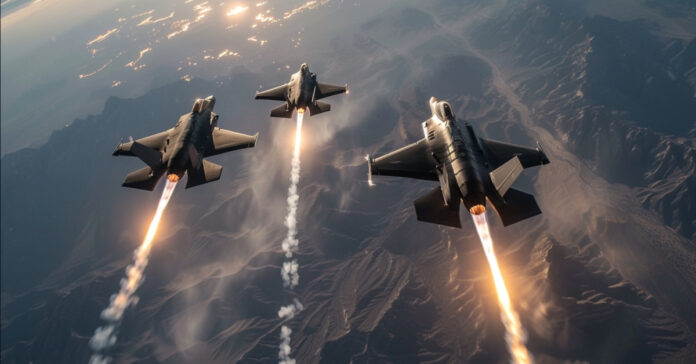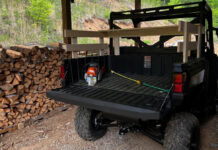There’s a great deal of fuss about how the U.S. is running low on artillery shells, but I’m not so worried. Let me explain why.
The war being fought in Ukraine started as an old-fashioned land war using tanks, artillery, and other ground weapons. it started with tactics developed a century ago and used in World War II. The Russians relied on the Soviet doctrine from 40 years ago and did what they knew how to do: massed troops at the border and surged across it. The first sign they were no longer in the 1940s came when Javelins and similar man-portable anti-tank missiles blew the heck out of the Russian advance, knocking out troop carriers, tanks, and trucks at every turn. Similar anti-aircraft weapons took down jets and helicopters. The Russian attack stalled. A war that was supposed to last a week dragged on for well over two years old.
The Ukraine war began to gradually evolve as more modern munitions made it into the field. As a result, we’ve all seen how steerable and loitering munitions have changed that old trench warfare and how drones can knock out naval ships. Artillery is now less important. For example, I’d rather have 100 armed drones than 10,000 rounds of dumb 155mm artillery shells. I expect the drones would do more damage to the enemy.
Even the current state of warfare in Ukraine is not the war NATO would fight if Russia and NATO came to blows. Yes, there would be drones and missiles, but there would also be an air war, and that would change things.
An Air War
I think the threat of an air war is why Russia has been hesitant to respond to the increasing involvement of France, the UK, the U.S. and other NATO countries in Ukraine. As long as the war stays on the ground, Russia has a chance. If the battle moves to the sky, their odds drop.
We proved the value of air superiority during Desert Storm. Shock and awe wiped out the fourth-largest army in the world. It left the highway littered with Iraqi tanks and equipment that were destroyed or abandoned. That was more than 30 years ago, and we now have newer aircraft and stealthier aircraft. If Ukrainian drones can knockout Russian bombers on airfields deep in Russia, what chance do they stand against the world’s most advanced stealth aircraft that can catch them on the ground?
Imagine a series of coordinated aerial attacks on multiple Russian targets by stealth planes launched from multiple airfields across Europe and the Middle East. Then add stealth aircraft from carriers in various seas and ocean in that hemisphere. Don’t forget stealth bombers launched from the U.S. and a network of distant bases. Once these aircraft target command and control and anti-aircraft radar and weapons, cruise missiles and other sea-launched munitions will be added to the mix.
The Nuclear Option
Of course, if we go down this path, the danger of Russia using a nuclear bomb grows. Rather than lose the war, and lose face, Russia might turn to tactical nukes to bring NATO to the table. They have threatened to use nuclear weapons on multiple occasions.
At the same time the threat of nukes that keeps NATO from getting directly involved, the threat of an air war keeps Putin from using nukes. This is a new and delicately balanced form of mutually assured destruction.
Weapons of the Future
If we were to use a similar shock and awe attack against Russia’s ground forces, we’d be fighting the last war. But since Russia appears to be fighting an even older war, we should still prevail.
What this country needs to do is develop weapon systems and tactics to fight the next war. And the threat there is not against Russia, but China, which has more advanced tech than Russia. The next war will use drones, but chances are they will be autonomous, as will the robots. While there inevitably be some humanoid robots that would look at home on the set of a Terminator movie, I expect the most dangerous robots will look nothing like humans. Think autonomous tanks with the room where a tank crew sits replaced by computers and additional weapons, or aircraft that have pilots half the world away or who don’t need any at all. Imagine torpedoes that can loiter in waters outside a port and are programmed to attack specific ships as they sail.
We can only hope that in DARPA laboratories and in Silicon Valley, sharp minds are developing products for the military to use in the next war. I’m not talking communications systems and battlefield information systems, although those are important, but next gen war-fighting equipment.
Sure, artillery shells are useful, but they will be an afterthought in the next war.







